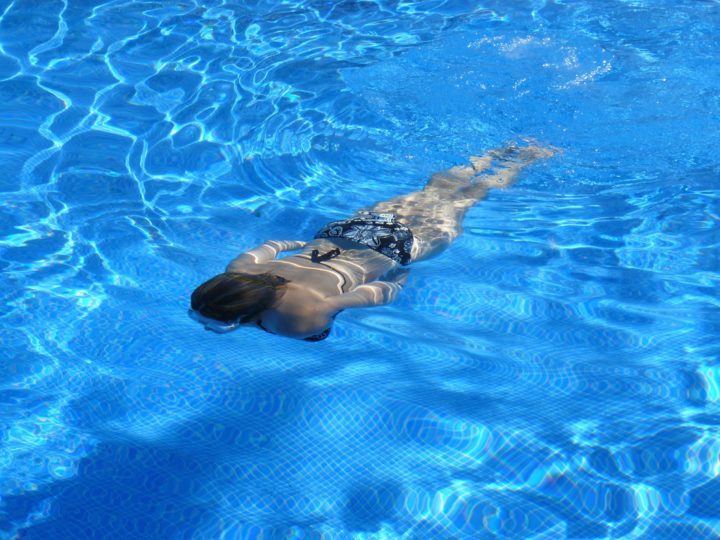The following contribution is from another author.
First, they put computers into toasters. Then they added them to refrigerators. Now they’re putting them in swimming pools too. Will the march of technology ever stop?
When you think about it, it makes a lot of sense for swimming pools to go high-tech. They’re expensive to maintain, dangerous in some circumstances, and consume a lot of energy, especially in the winter. Gadgets and features could help make pools a feasible and attractive option for more people.
Here are some of the ways that technology is helping to make home swimming pools better.
Beautiful, Customizable LED Lighting
Swimming pools have featured lighting for many years, but it is only recently, with the advent of LED technology, that options have opened up.
LED lights offer a host of advantages over their regular rivals. First, they take up far less power than traditional lighting solutions, helping to make your pool more efficient. Second, you can easily hook them up to your smartphone and control them remotely. LEDs have an uncanny ability to change the wavelength of the light they emit. You can effectively program a light show for your swimming pool using a companion app. Adding floating pool lights is another way to enhance and personalize pools at night.
Don’t underestimate the beauty of these displays. Light shows look amazing when combined with moving, rippling water, and help to elevate your pool in ways that you never imagined.
Chlorine-Free Purification
For decades, swimming pools have relied on chlorine to keep the water clean and free from impurities. But it came at a cost – the strong taste and smell of chlorine, and the fact that you have to top it up continually.
Now, though, a bunch of companies are experimenting with chlorine-free water purification systems. The idea is to create a luxury experience that doesn’t feel like a swimming pool at all, but more like taking a dunk in a freshwater lake.
The current state-of-the-art technology is ozone. Typically, we think of this chemical as a continent of the upper atmosphere, protecting us from UV radiation. But it turns out that it also helps to keep water fresh.
Olympic organizers have been using ozone for many years to keep their pools fresh without the need for chlorine (which could affect athletic performance). Now regular manufacturers are looking at ways to combine ozone with UV lighting to kill microbes. Early research suggests that combining the two is sufficient to kill more than 99.9 percent of bacteria and viruses in the water, preventing them from getting a foothold.
Swimmers needn’t worry about the effect of UV on their skin. All owners need to do is put a pool screen over the water and then switch on the lights once they’re out of the pool. The combination of ozone and UV radiation will then safely kill any pathogens, ready for you to use the water again.
Smart Pool Temperature Settings
The vast majority of home pools come with temperature control. Typically, owners must interact with a box (a bit like a thermostat) when they want to make adjustments. It’s a hassle.
Some vendors, however, are now experimenting with connecting swimming pool heating systems to smartphones via apps. Homeowners are then able to pick the optimal temperature without even having to go outside. Then, once the pool is at the desired heat level, they can go for a swim in comfort.
Easy-Clean Water Filters
Water filters are an essential feature of swimming pools. Without them, sediment would eventually build up on the pool floor, leading to a less-than-ideal swimming experience.
Cleaning out water filters, however, is rarely much fun. First, you have to access them, which can be tricky. And second, you have to scrape out all the gunk, usually by hand, before replacing it. If there are hairs stuck in the filter material, this is easier said than done.
Interestingly, though, most of the slime that builds up on the filter has nothing to do with the debris that falls into your pool. Instead, it is the result of reactions that occur on the surface of the membrane material.
Firms, therefore, are investigating pool filters that resist slimy build-up. These have antimicrobial capabilities built-in that go beyond the usual chlorine.
Interestingly, the technology is already a feature of many products. Children’s toys and kitchen countertops are already using nanomaterials that battle against mould and mildew.
Swimming pools, therefore, are fast-moving in the modern world, thanks to an array of impressive technologies. Some of these are digital, but many are just clever material science. Long may this impressive and important progress continue!
















